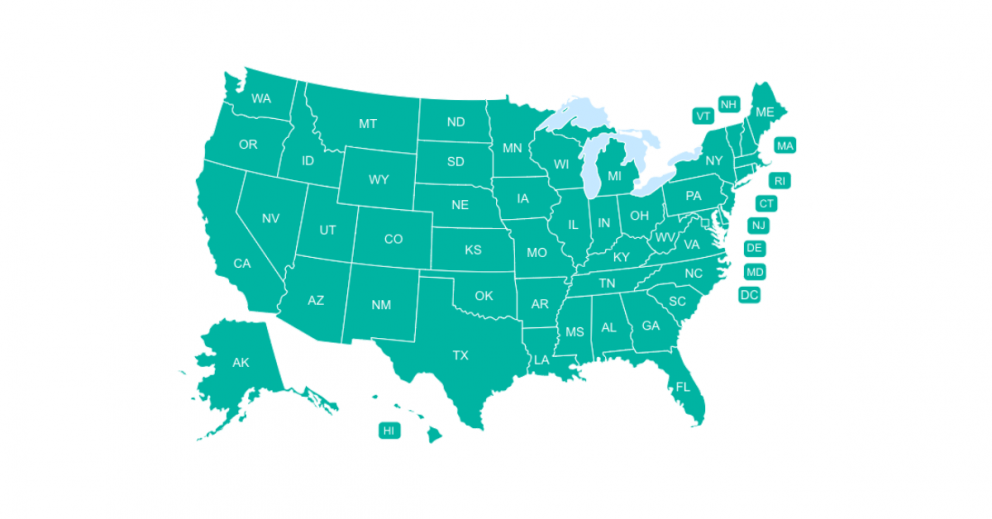
Statistics courses teach students how to interpret statistics and how to apply this knowledge to solve problems. They learn to interpret data from research and media and how they are manipulated. This is a basic knowledge for students in a variety of science and engineering disciplines. Students in medicine, biology, and medicine can use statistics to solve problems that are relevant to their subjects. Statisticians can help students in business understand business economics as well as business strategies.
Students learn to interpret results from statistical procedures in addition to the basic knowledge. This skill is required for students in many areas, including business and legal. This skill can also be used as a foundation to further study or professional work in the area.
Students present their work during a semester project to their classmates as well as the instructor. Students are required to show how they have used statistical methods on actual data. Instructors are responsible for assessing the projects and students' performance during midterm and final exams. Students are evaluated on their attitudes, mathematics-based subjects, and professional competence.

The three main features of the redesign to Statistics course are: a compilation of solved examples and detailed tests, and minute paper. The survey of graduates as well as the experience with online teaching during COVID-19 were the basis for the redesign. It also reflects the needs of stakeholders.
The redesign of Statistics course aims to strengthen the active learning elements. This includes detailed tests, solved examples, minute papers and short videos. These active-learning tools are intended to motivate students to complete assignments and to find creative ways to solve problems. These elements help to develop soft skills. A number of other changes were made to the design, such as adding a semester project that is inspired by real-world examples.
The redesign of Statistics is designed to encourage students to be more active in class. Teachers should not only use active-learning methods but also give students enough time to complete the redesign. They should also consider the views of course graduates as well the needs of stakeholders.
Statistics course teachers started looking for ways to communicate and collaborate with students, in addition to the active learning component. Many students lack self-confidence and remain passive in class, which was something they discovered. By providing students with ways to communicate with the teacher, they were able to motivate students to participate more. This resulted also in better prepared students.

In addition to the use of active learning techniques, instructors in Statistics introduced a reflective learning journal. Students were able to use this journal to manage stress and anxiety. It helped students think about their performance, and what they could do to improve it. A tutorial was sent by email to students.
Students in many Bachelor's program require statistics courses. These courses are designed to give students the foundational knowledge in statistics that will allow them to pursue professional studies in law, psychology, biology and other areas. Students also learn how spreadsheets can be used to do calculations and analyze data. Students learn to interpret data from technology and media and how it can be used to analyze and calculate data.
FAQ
What is a vocational school?
Vocational schools are institutions offering programs designed for people who want to enter a specific occupation. They might also provide training in job-related skills and general education.
Vocational education is an important part of our society because it helps young people develop the skills they need to succeed in life. It ensures that all students have access to high-quality learning opportunities.
A vocational school gives its students many options. This includes certificates, diplomas/degrees, apprenticeships, certificates as well college transfer programs and other postsecondary credentials. Vocational schools are able to teach both academic and vocational subjects such as maths, science, English, English, social studies and music.
Who can homeschool?
Anyone can homeschool. There are no requirements for specific qualifications.
Children can be taught by parents who have graduated high school. Many parents choose to teach their children as they go to college.
Parents can learn to teach children from parents with less formal education.
After meeting certain requirements, parents may become certified teachers. These requirements may vary by state.
Some states require that all homeschooled students pass a test before they graduate. Others do not.
Homeschooling parents need to register their family with local schools.
The process involves filling up paperwork and submitting the completed form to your school board.
After registering, parents may enroll their children into public or private schools.
A few states allow parents who are not registered with the government to homeschool their children.
If you live within one of these states, it is your responsibility to ensure that your children fulfill the state's mandatory attendance law.
What are some ways to get scholarships?
Scholarships are grants that can be used to pay college costs. There are many kinds of scholarships. These scholarships include:
-
Federal Grants
-
State Grants
-
Student Loans
-
Work Study Programs
-
Financial Aid
Federal grants come directly from the U.S. government. Most federal grants require applicants fulfill certain requirements. For example, you must demonstrate financial need.
Individual states can offer grants to state governments. State grants can be offered by each state based upon financial need, while others are given for specific purposes.
Banks and other lending institutions can issue student loans. Students often borrow money to pay for tuition and living expenses.
Work-study programs encourage employers to hire qualified student workers. Employers are required to pay employees at least minimum wage.
Financial aid helps low-income families afford college by covering most or all tuition costs.
Statistics
- These institutions can vary according to different contexts.[83] (en.wikipedia.org)
- They are also 25% more likely to graduate from high school and have higher math and reading scores, with fewer behavioral problems,” according to research at the University of Tennessee. (habitatbroward.org)
- Globally, in 2008, around 89% of children aged six to twelve were enrolled in primary education, and this proportion was rising. (en.wikipedia.org)
- In most developed countries, a high proportion of the population (up to 50%) now enters higher education at some time in their lives. (en.wikipedia.org)
- And, within ten years of graduation, 44.1 percent of 1993 humanities graduates had written to public officials, compared to 30.1 percent of STEM majors. (bostonreview.net)
External Links
How To
What is vocational education?
Vocational education is an educational program that prepares students to work after high school and college. It teaches them specific skills for specific jobs (such as welding). This includes apprenticeship programs and on-thejob training. Vocational education stands out from general education. This is because it focuses less on general knowledge and more on developing skills for specific occupations. Vocational training is not designed to prepare individuals for university but rather to assist them in finding jobs upon graduation.
Vocational education can be offered at any level of schooling: primary, secondary, college, university, technical institutes and trade schools. You can also find specialized schools such a culinary arts school, nursing school, law school, medical schools or dental schools. Many of these offer both academic instruction, and practical experience.
A number of countries have made significant investments in vocational education over recent decades; for example, Australia, Denmark, Finland, Germany, Ireland, Japan, Luxembourg, New Zealand, Norway, Poland, Sweden, Switzerland, the United Kingdom, and the United States. The effectiveness of vocational education is still controversial. Some argue it doesn't improve students' employability, while others argue it prepares them for the future.
The U.S. Bureau of Labor Statistics estimates that 47% of American adults possess a postsecondary certificate, or degree related to current occupation. This is a higher percentage among those who have more education. 71% are currently employed in fields that require postsecondary qualifications.
According to the BLS in 2012, almost half of Americans had at the least one type of postsecondary credential. Around one-third of Americans hold a two or four-year associate degree. One fifth of Americans had a masters degree or doctorate.
The median annual wage of a bachelor's degree holder was $50,900 in 2013, compared with $23,800 for someone without one. The median income for those with advanced degrees was $81,300.
The median income for those who have not completed high school was just $15,200. For those who did not complete high school, the median annual salary was only $15,200.